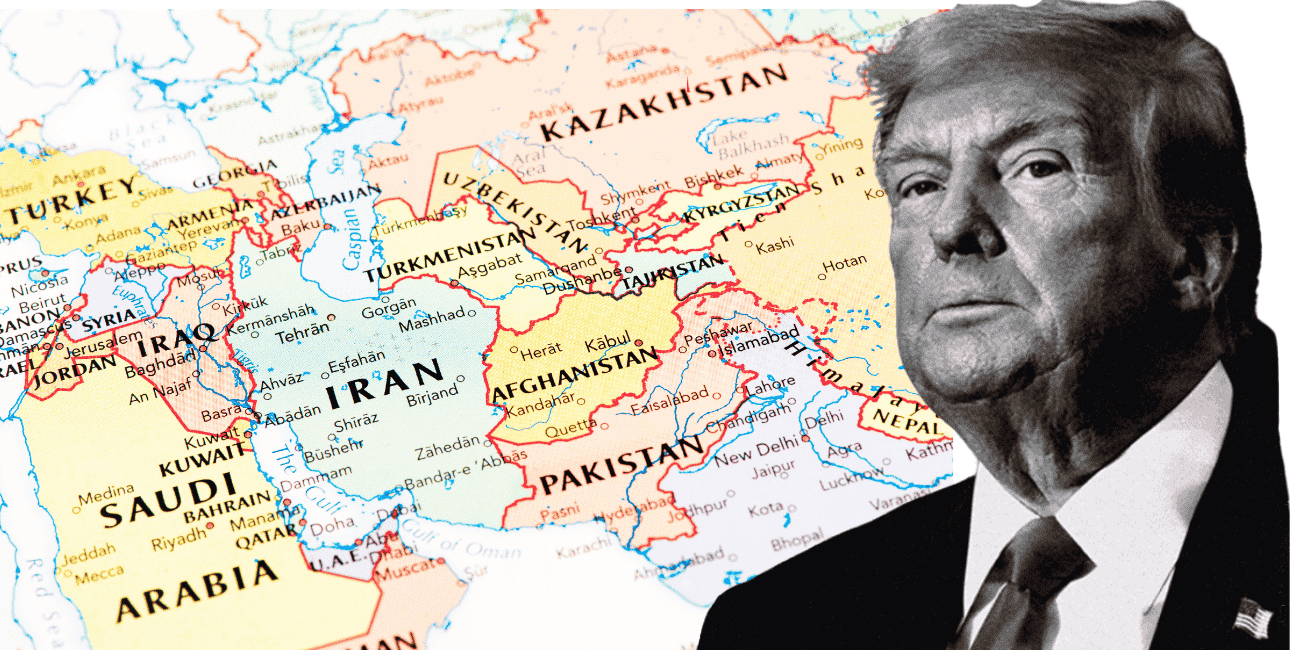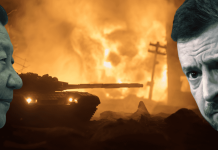In a sweeping, calculated offensive to reshape the global resource map, the United States is carving out a path through mineral-rich territories—locking in deals with Ukraine, the Democratic Republic of the Congo (DRC), Uzbekistan, Peru, and more.
At the heart of this strategy lies one simple fact: whoever controls critical minerals today controls tomorrow’s economy, defense, and technology.
US-Ukraine Deal: Minerals For Peace
On one side of the world, the US recently inked a landmark minerals deal with Ukraine—a memorandum of intent that opens the door to long-term US access to the country’s vast mineral reserves.
Branded by Kyiv as a precursor to reconstruction and peace, the deal includes a US-controlled investment fund to funnel returns into rebuilding Ukraine’s shattered infrastructure.
Reports suggest that the US would have priority access to profits channeled into this fund, although Kyiv is negotiating for more favorable terms and has so far refused to treat prior US military assistance as a debt.
US-Congo Deal: Minerals For Security
Simultaneously, in Central Africa, Erik Prince—the founder of Blackwater and a close ally of Trump—has struck a separate arrangement with the Democratic Republic of the Congo (DRC).
His mission? Help Kinshasa regain control over its sprawling but poorly regulated mining sector. Sources indicate that Erik’s team will provide assistance in taxation and security, laying the groundwork for a proposed “minerals-for-security” deal that could see US military or logistical support flow into the region in exchange for access to cobalt and other strategic metals.
These deals are just the latest chapters in Washington’s accelerating campaign to break free from China’s chokehold on critical mineral supply chains.
A Global Strategy: From Central Asia To South America
Earlier this month, Uzbekistan announced fresh agreements with US firms to develop its lithium, cobalt, and copper reserves—essential inputs for electric vehicles and solar panels.
The deal is part of a broader US effort to modernize Uzbekistan’s mining infrastructure, install processing equipment, and train a local workforce.
These deals mark a significant step for both sides: for Uzbekistan, it’s a bid to modernize its mining sector and attract foreign capital; for the US, it is another strategic move to diversify its supply of critical minerals away from China.
Back in October 2024, Peru signed a memorandum with Washington during MINExpo in Las Vegas, solidifying economic ties around its rich copper and lithium deposits. The event saw a record-breaking Peruvian business delegation—over 300 members—signaling Lima’s readiness to become a core supplier in the green tech boom.
That same month, the US also formalized a critical minerals agreement with India, focusing on electric vehicle (EV)- related materials and clean energy technologies. Although the agreement marked a significant step forward, it fell short of a comprehensive trade deal.
The pact aims to bolster supply chains for critical minerals; however, India has not yet secured access to the US electric vehicle tax credit, which Japan obtained earlier in 2023.
Meanwhile, discussions continue with Indonesia, a major nickel producer in Southeast Asia, regarding a potential multinational partnership for critical minerals.
The goal is to process nickel in the United States for electric vehicle production, enabling these vehicles to qualify for U.S. tax credits. Jakarta is eyeing the Mineral Security Partnership (MSP) as a platform to boost US investment in local processing while qualifying its exports for American electric vehicle (EV) incentives.
But environmental concerns loom large: critics warn of deforestation, water contamination, and ecological damage from Indonesia’s rapidly expanding mining operations.

Mineral Security Partnership: America’s Answer To China
At the heart of this global pivot lies the Mineral Security Partnership (MSP)—a U.S.-led alliance of 14 countries, including the United States, Australia, Canada, and the European Union. India also joined the MSP in 2023, ensuring sustainable mineral supply chains.
Its mission? To build a resilient, diversified, and environmentally responsible supply chain for minerals like lithium, cobalt, nickel, and rare earth elements.
These minerals power everything from smartphones and electric vehicles to semiconductors and missile systems. And today, nearly all roads to those resources run through one gatekeeper: China.
China’s Invisible Grip
Beijing doesn’t just dig up minerals—it dominates the entire processing chain. While China controls around 69% of rare earth mining, it refines nearly 90% of the global supply. This gives it an iron grip on the raw materials that power electric motors, clean tech, defense systems, satellites, and even surgical robots.
And it’s tightening that grip. China has recently banned the export of rare earth magnets, which are critical to both civilian and military industries. It is a critical component in the motors that drive electric vehicles, military drones, satellites, missiles, wind turbines, and robotic systems.
It already commands 67% of lithium refining and 80% of global battery production—meaning it can, if pushed, strangle entire industrial sectors with the flip of a policy switch.
The ripple effects of China’s dominance over rare earths could cascade through industries like falling dominoes, impacting sectors such as automotive (EV motors, batteries), tech and semiconductors (processors, memory devices), renewable energy (wind turbines, solar inverters), defense (guided missiles, satellites, surveillance systems), healthcare (MRI machines, surgical robots), consumer goods (smartphones, headphones, appliances), and heavy industry (automated machinery, aerospace systems).
In short, China doesn’t just dig up the future—it refines it, builds it, and, if needed, could stop it in its tracks.
New Frontiers: The Deep Sea Beckons
As global demand surges and terrestrial resources become increasingly scarce, the US is now eyeing deep-sea mining, targeting copper, cobalt, and lithium hidden on the Pacific Ocean floor.
This initiative aims to reduce dependence on foreign mineral sources; however, it raises significant legal and environmental concerns.
The US isn’t a member of the International Seabed Authority (ISA), which regulates mining in international waters, raising questions about jurisdiction and legitimacy.
Environmentalists warn of irreversible damage to marine ecosystems, while strategists argue that the oceans may hold the only scalable path to mineral independence.
The New Great Game For Minerals
At the heart of America’s mineral diplomacy lies a pressing objective: to break its strategic dependence on China, the undisputed titan of critical mineral production and processing. As the US accelerates its shift toward green energy, securing a stable supply of these minerals is not just a matter of smart economics—it’s a matter of national security.
This is about far more than just raw materials. It’s about influence, resilience, and control in a rapidly transforming world. The US is no longer playing catch-up to China’s mineral dominance—it’s assembling a counterweight.
From Ukraine’s reconstruction corridors to Peru’s Andean copper belts, Uzbekistan’s lithium plains to Congo’s cobalt heartland, America is redrawing the map of global power—not with armies, but with excavators and trade agreements.
- Shubhangi Palve is a defense and aerospace journalist. Before joining the EurAsian Times, she worked for ET Prime. She has over 15 years of extensive experience in the media industry, spanning print, electronic, and online domains.
- VIEWS PERSONAL OF THE AUTHOR
- Contact the author at shubhapalve (at) gmail.com




